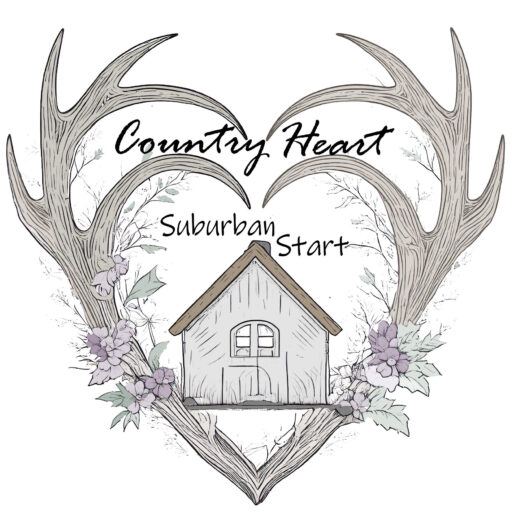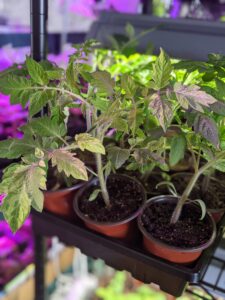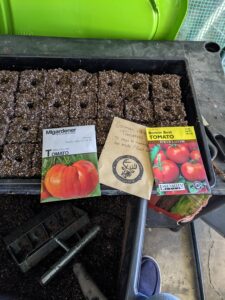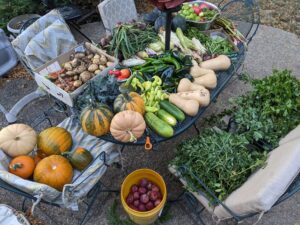Over the years, I’ve tried just about every way to grow a garden—and I still use both! Right now, I have two gardens: one tucked neatly into raised beds that I call my “home garden” and another spread out directly in the ground, “the family garden”. Each method has its own set of perks and challenges, and I’ve learned a lot through trial and error. Whether you’re a brand new gardener or looking to switch things up this season, I want to share the pros and cons of in-ground and raised bed gardening from my own hands-in-the-dirt experience. Hopefully, it helps you figure out which one might work best for your space, your lifestyle, and your gardening goals.
What Is In-Ground Gardening?
In-ground gardening is exactly what it sounds like—planting directly into the existing soil in your yard or property. This is the traditional method, and it’s how I first got started. You choose your spot, clear the grass or weeds, loosen the soil, and start planting.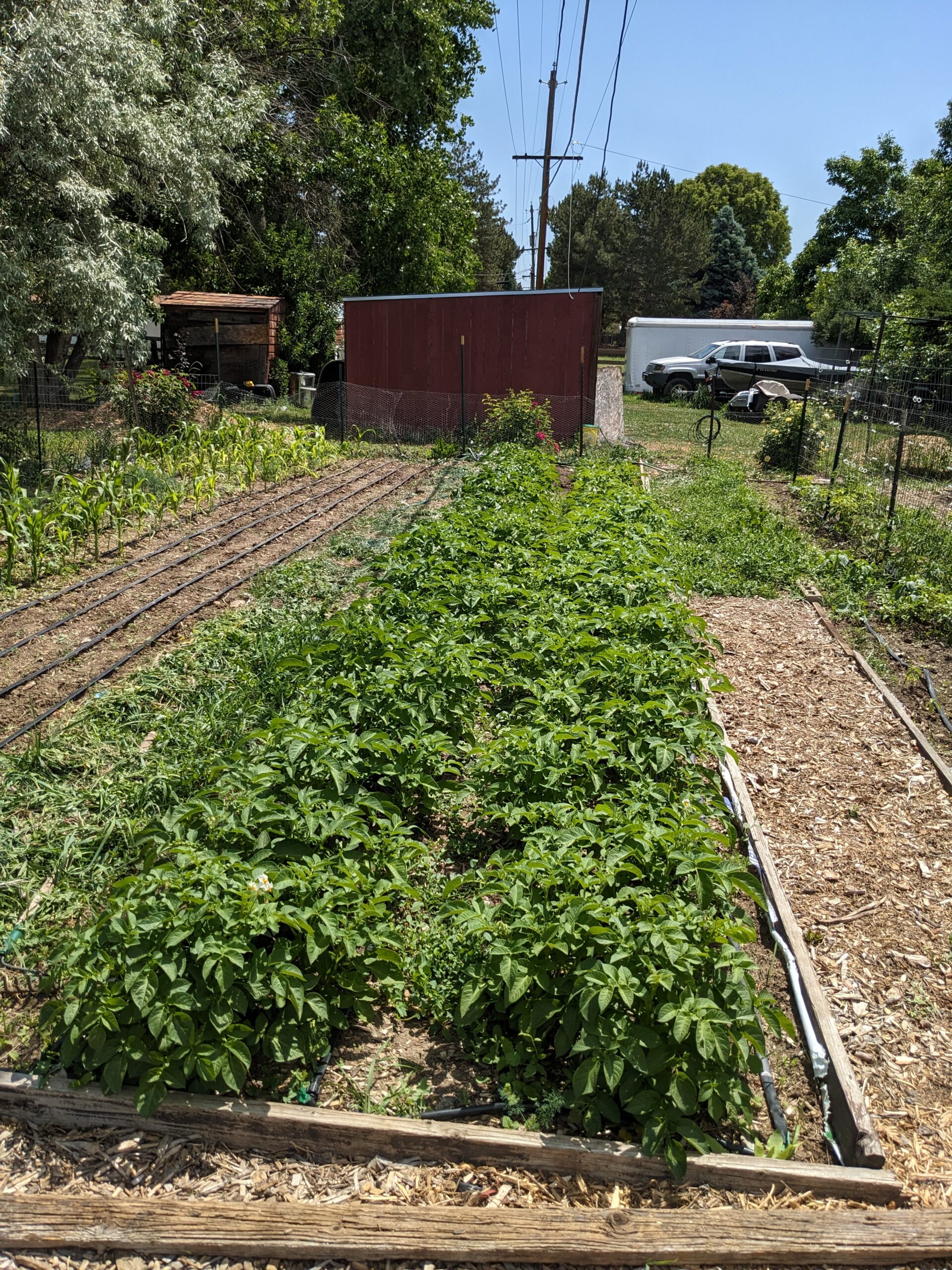
One of the biggest benefits of in-ground gardening is that it’s budget-friendly. There’s no need to buy materials or build anything; you just work with what you have. If your native soil is decent and drains well, this method can be very productive. It also allows you to plant larger quantities without worrying about the cost or space limitations of building raised beds.
That said, in-ground gardening does come with some challenges. If your soil is clay-heavy, full of rocks, or lacks nutrients (which mine definitely did when I started), you’ll need to invest time and effort to improve it. There’s also more bending, kneeling, and weeding involved—something to keep in mind if you have back or knee issues. Plus, heavy rains can sometimes lead to drainage problems if the soil doesn’t drain well.
While I love the in-ground planting at the family garden, it has proved to be a huge challenge every year keeping up with the weeds! With three young kids in tow and other obligations I cannot spend hours upon hours weeding it everyday.
The time that I do have is completely undone within a day or two. The family garden is about 2500 sf with an additional 450 sf flower garden space. This year I will be trying out some commercial grade weed barrier. While this is quite an investment, I’m very excited to enjoy this garden space again and not have to worry about the weeds overtaking it. This is the first year I have used this so I will do a follow up post on my experience and thoughts on this product.
The other investment we have made for our inground family garden is a watering system. Last year I dug and laid a mainline running the length of the garden. Then at the corner of each bed I attached a hook-up for drip tape. The drip tape runs the length of each row with drip emitters every 6″. Each row hooked up to a watering timer and is each it’s own zone. Because we have such a large space we ended up needing two timers to have enough zones. 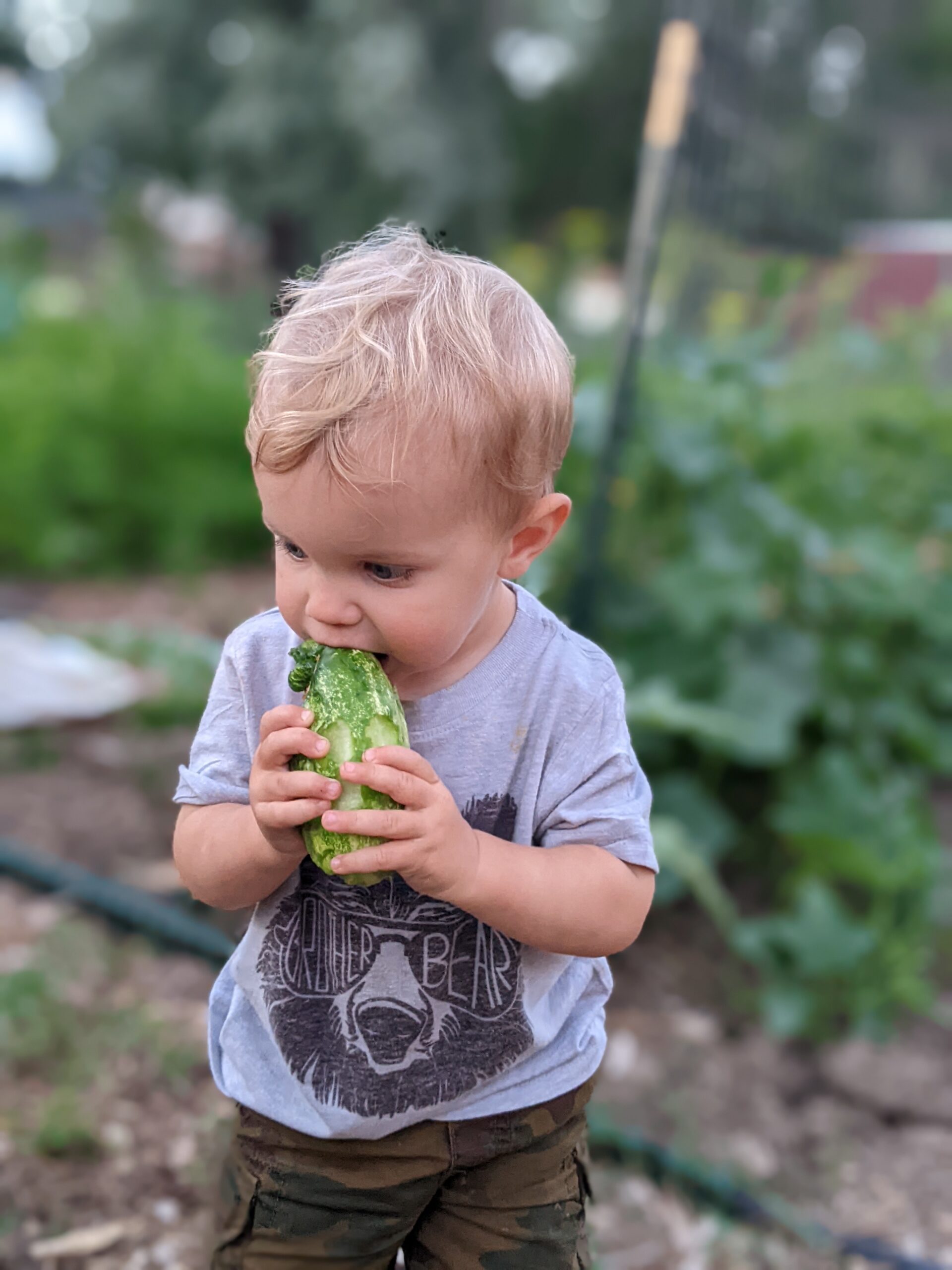
While the in-ground garden is a lot of work there’s something so satisfying about digging into the earth and watching a garden come to life right in your own backyard. For larger plots and gardeners who don’t mind a bit of a workout, in-ground gardening can be incredibly rewarding.
What Is Raised Bed Gardening?
Raised bed gardening involves building a contained area—usually with wood, metal, or composite boards—above the ground and filling it with soil. My raised beds are some of my favorite spots in the garden because they’re tidy, easy to manage, and a lot gentler on my body. I can garden without as much bending, and the soil stays loose and workable year after year.
One of the biggest advantages of raised beds is the control they give you over your soil. If your native soil is poor, rocky, or doesn’t drain well, you can build a raised bed and fill it with a custom mix that’s perfect for growing healthy, productive plants. I’ve also found raised beds warm up earlier in the spring, which means I can get a head start on planting compared to my in-ground garden.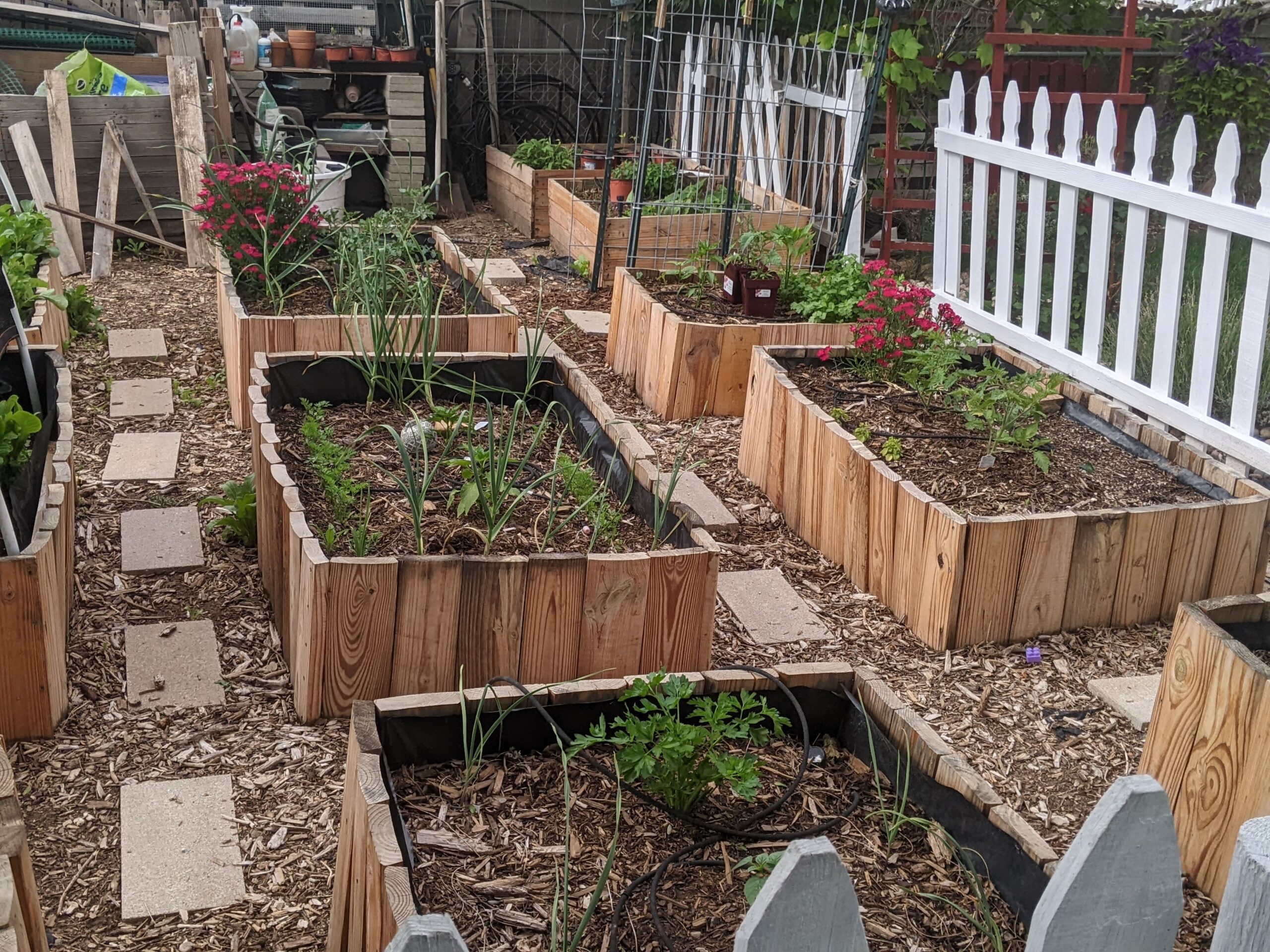
They’re also great for keeping things organized—especially in smaller spaces. The defined borders help with weed control and make it easier to install trellises or netting. And if you deal with critters like rabbits, it’s easier to add fencing or covers around a raised bed.
Of course, raised beds do come with some trade-offs. The initial setup can be more expensive, especially if you’re building multiple beds and filling them with quality soil. And in hot or dry climates, they can dry out faster than in-ground gardens, so you may need to water a bit more frequently. You may also be limited on what you can grow in the raised beds. For example, unless you have a very large raised bed it’s not likely that you could grow a full crop of corn successfully.
All in all, raised beds are a fantastic option—especially if you want a more accessible, manageable garden space with fewer weeds and better soil. I couldn’t imagine my garden without them!
We didn’t have a lot of money to invest into building super fancy raised beds. So we found old pallets for free and got scrap wood from a friend to make them. We had to repair a few this year but so far they have lasted through 5 growing seasons and I am so happy with how they look. 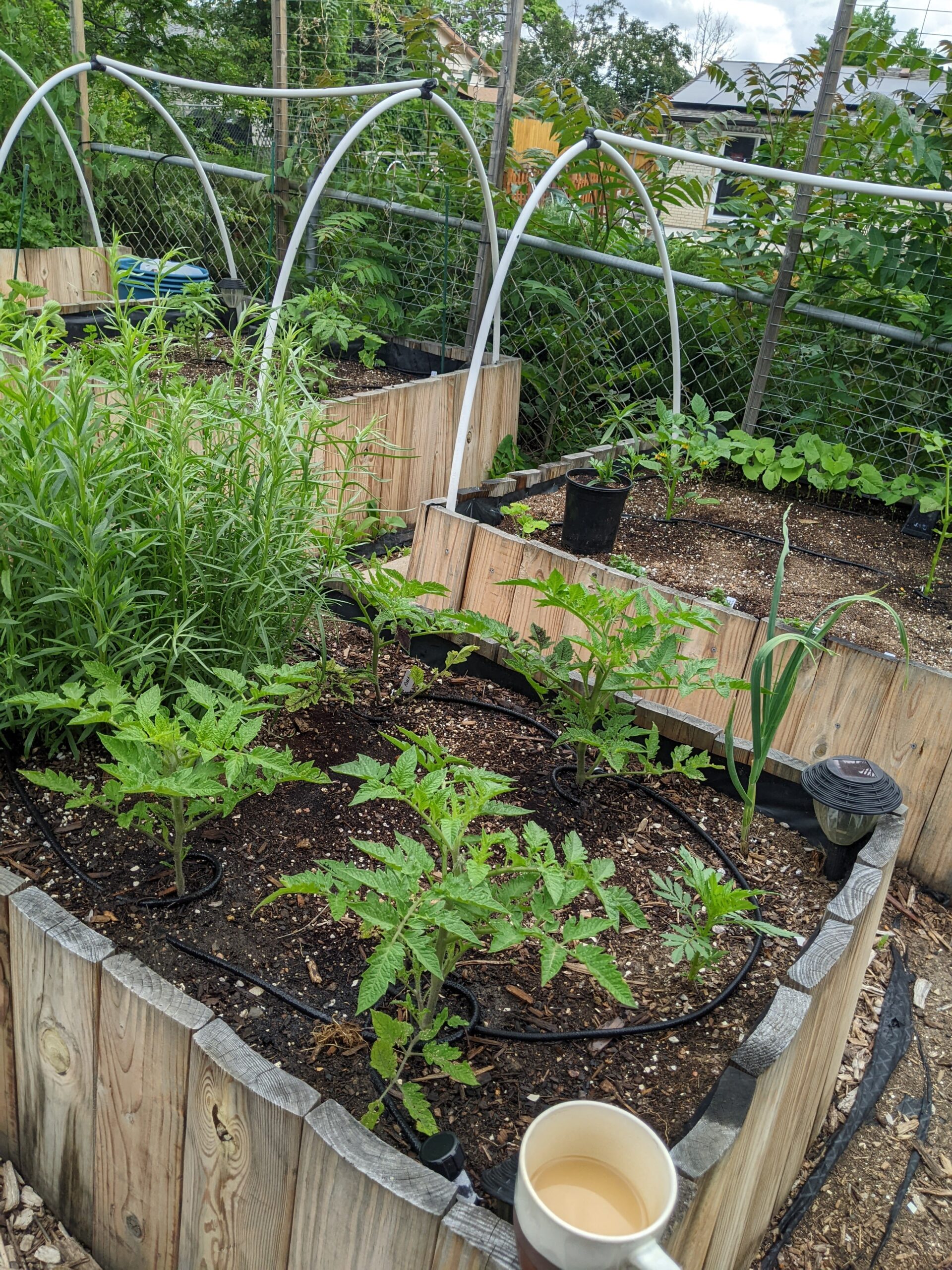
Before installing these raised beds I also installed a watering system. In the corner of each bed is a hook up for a drip line. These beds I like to use this type of 1/4″ soaker hose and either wrap it around the base of each plant or wind it throughout the whole bed and keep it in place with garden stables.
To maintain these beds so that they last for several years, they are each lined with garden plastic. The outsides and edges are coated with Linseed Oil. Doing these simple steps have helped them to last through several seasons and hopefully several more to come!
Comparison Chart
Feature | In-Ground Gardening | Raised Bed Gardening |
Cost | Low | Moderate to high |
Soil Control | Limited | High |
Setup Time | Low | Moderate |
Accessibility | Low | High |
Maintenance | More weeding | Less weeding |
Which One Should You Choose?
Deciding between in-ground and raised bed gardening really comes down to your unique situation—there’s no one-size-fits-all answer. I still use both, because each has its strengths depending on what I’m growing and the time I have to manage it.
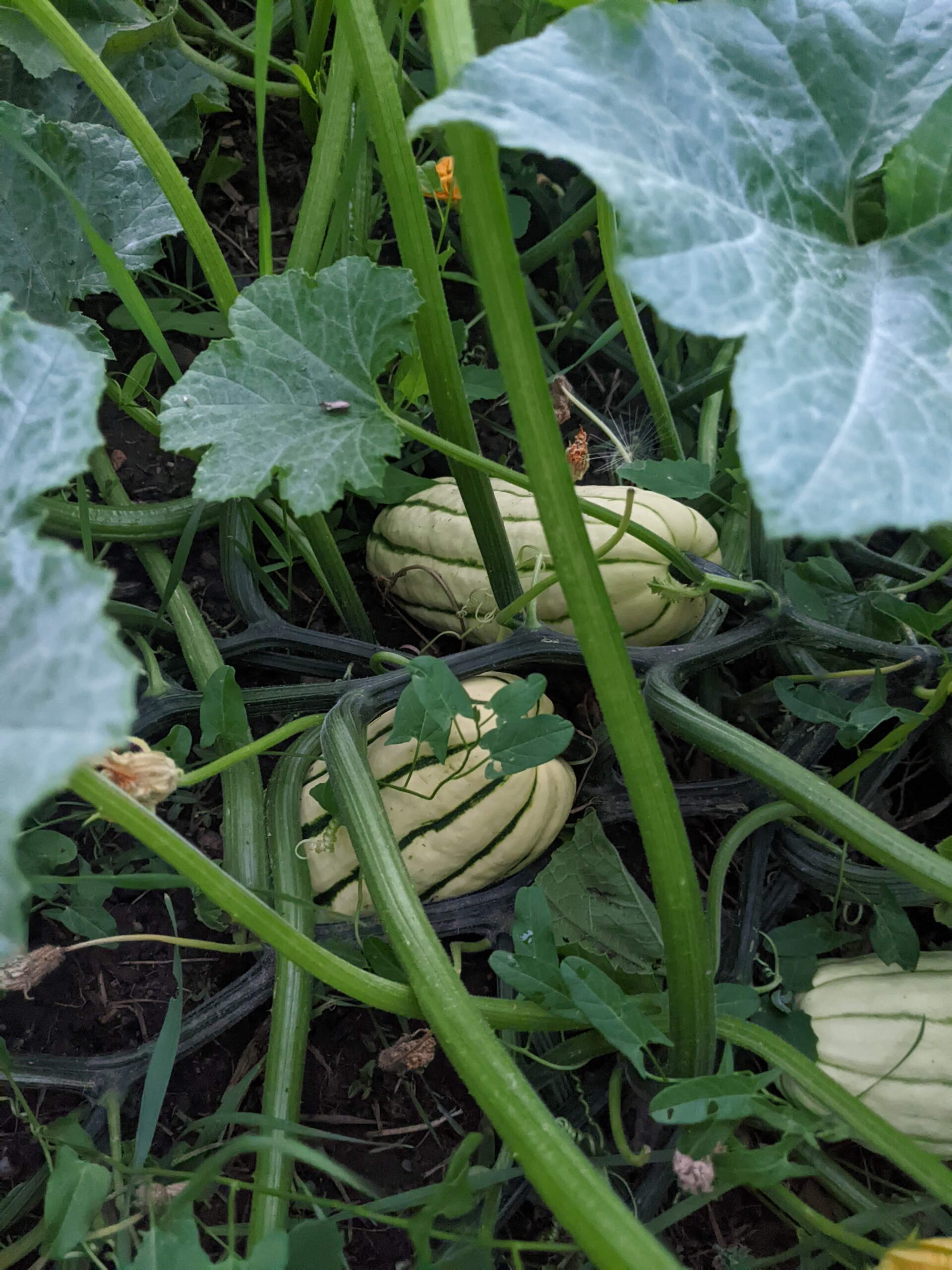 If you’re working with a tight budget or have a large space to fill, in-ground gardening might be the way to go. It’s a great option if you don’t mind putting in a little extra work to improve your soil and stay on top of weeding. I love using my in-ground garden for crops that need a lot of room, like corn, squash, or pumpkins.
If you’re working with a tight budget or have a large space to fill, in-ground gardening might be the way to go. It’s a great option if you don’t mind putting in a little extra work to improve your soil and stay on top of weeding. I love using my in-ground garden for crops that need a lot of room, like corn, squash, or pumpkins.
On the other hand, if you’re dealing with poor soil, limited space, or want something easier on your back and knees, raised beds are worth the investment. I especially enjoy using my raised beds for herbs, salad greens, root vegetables, and anything that benefits from rich, well-drained soil.
Also, think about your long-term goals. Are you just getting started and testing the waters? Or are you ready to commit to a more permanent garden space? Do you enjoy building and creating garden structures, or do you prefer a low-fuss setup?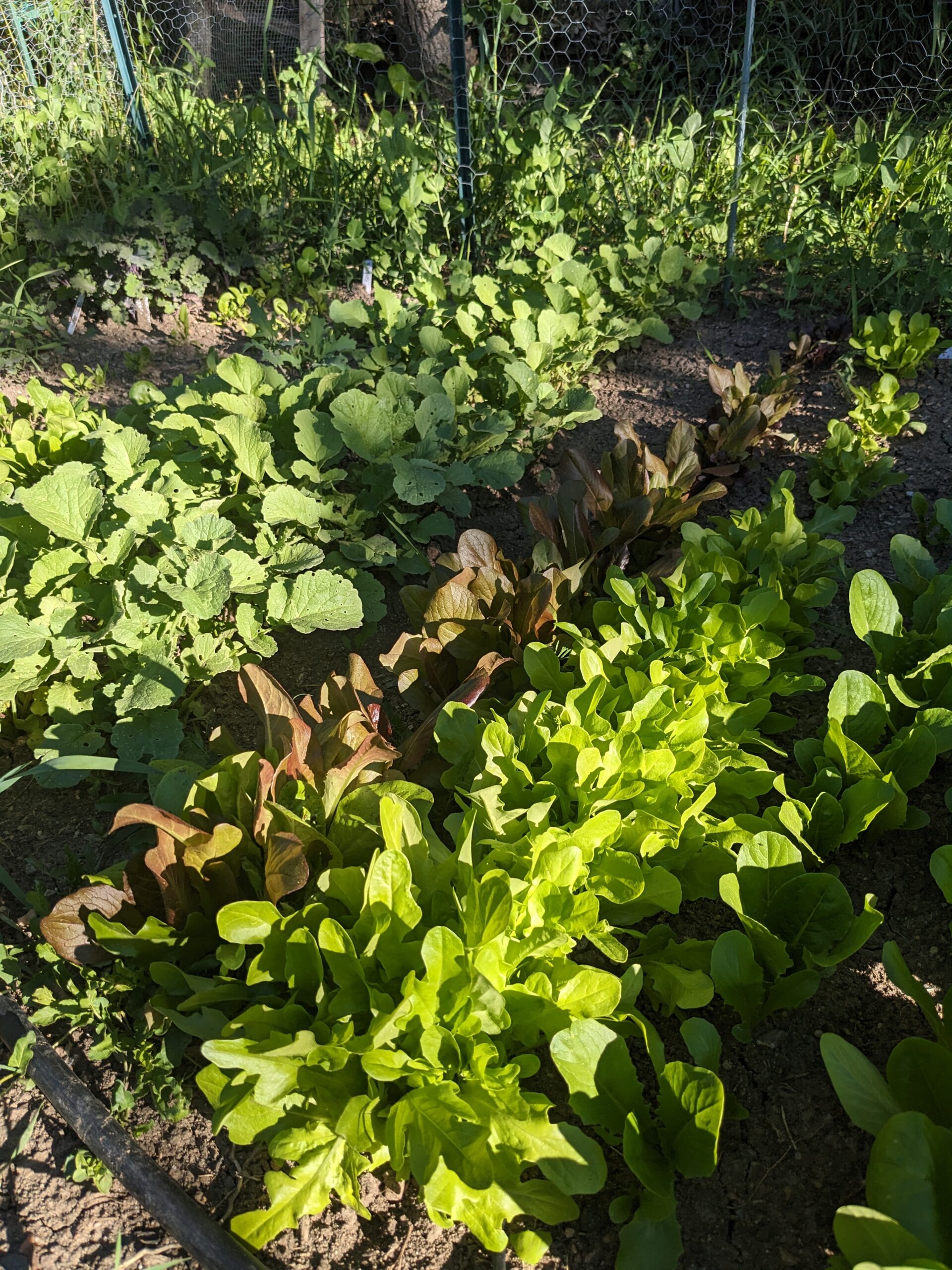
Whichever route you choose—or if you decide to try both like I did—you’ll learn and grow right alongside your plants. Gardening is one of those things where every season teaches you something new. Start where you are, use what you have, and don’t be afraid to experiment!
At the end of the day, both in-ground and raised bed gardening can yield amazing results—it all depends on what works best for you. I’ve had successes and challenges with both methods, and I honestly love having the flexibility of using each one for different crops and seasons. Whether you’re starting with a shovel and some open soil, or building a set of raised beds from scratch, the most important thing is just to start. The joy of gardening comes from getting your hands dirty, learning as you go, and watching something you planted grow and thrive.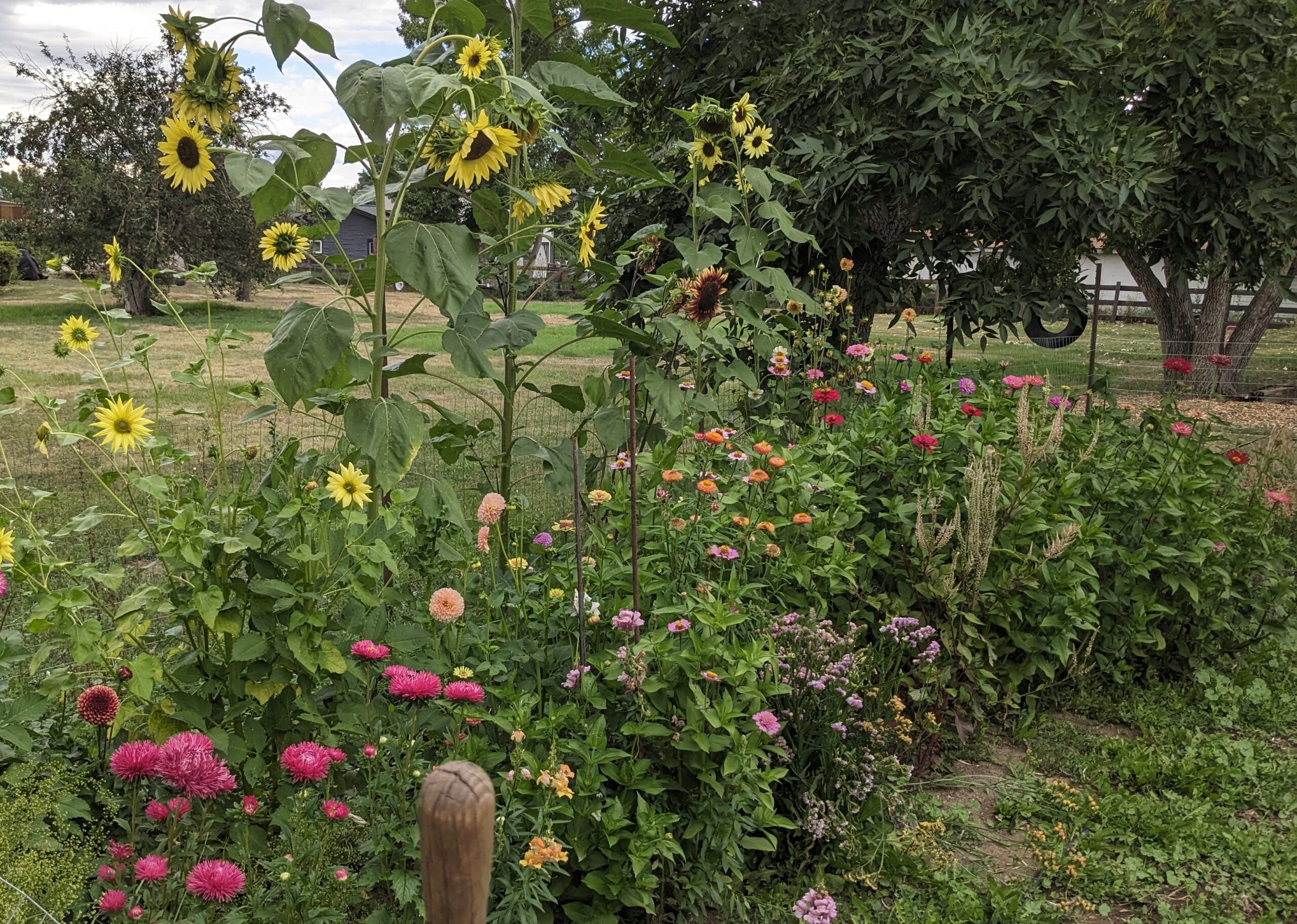
If you’re still unsure which route to take, consider starting small with one raised bed or a small in-ground plot, and grow from there. You’ll figure out what you love—and what works best for your space and lifestyle—along the way.
“This post contains affiliate links to Amazon. If you click on a link and make a purchase, I may earn a small commission at no extra cost to you. This helps support the work I do in creating and sharing recipes. Thank you for your support!”
